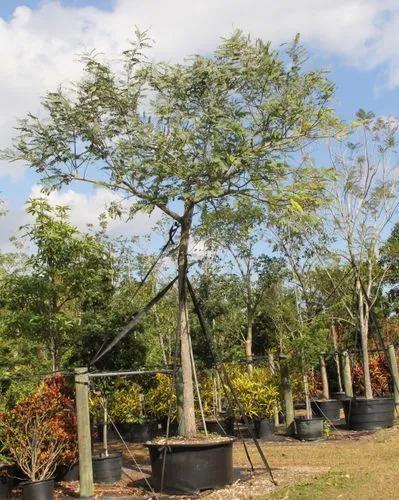s a species of deciduous flowering plant. The small tree or shrub is native to the southern and eastern parts of the United States, found from Illinois to Virginia in the north and from Texas to Florida in the south.[2] It is hardy far to the north of its native range, with successful cultivation poleward to Arboretum Mustila in Finland.The yellow-flowered variety, var. flavescens, is found in higher country in Texas, and hybrids with intermediate flower color occur.
The flowers are attractive to hummingbirds as well as bees. The fruits are rich in saponins, which are poisonous to humans, although not particularly dangerous because they are not ingested easily. The seeds are poisonous. The oils can be extracted to make soap, although this is not viable commercially.
It has a number of local names, such as scarlet buckeye, woolly buckeye and firecracker plant.
The red buckeye is a large shrub or small tree. It reaches a height of 16–26 feet (5–8 m), often growing in a multi-stemmed form. Its leaves are opposite, and are composed usually of five elliptical serrated leaflets, each 4–6 inches (10–15 cm) long. It bears 4–7-inch (10–18 cm) long clusters of attractive dark red tubular flowers in the spring. The flowers are hermaphrodite. The smooth light brown fruits, about 1 inch (2.5 cm) or so in diameter, reach maturity in early fall.










